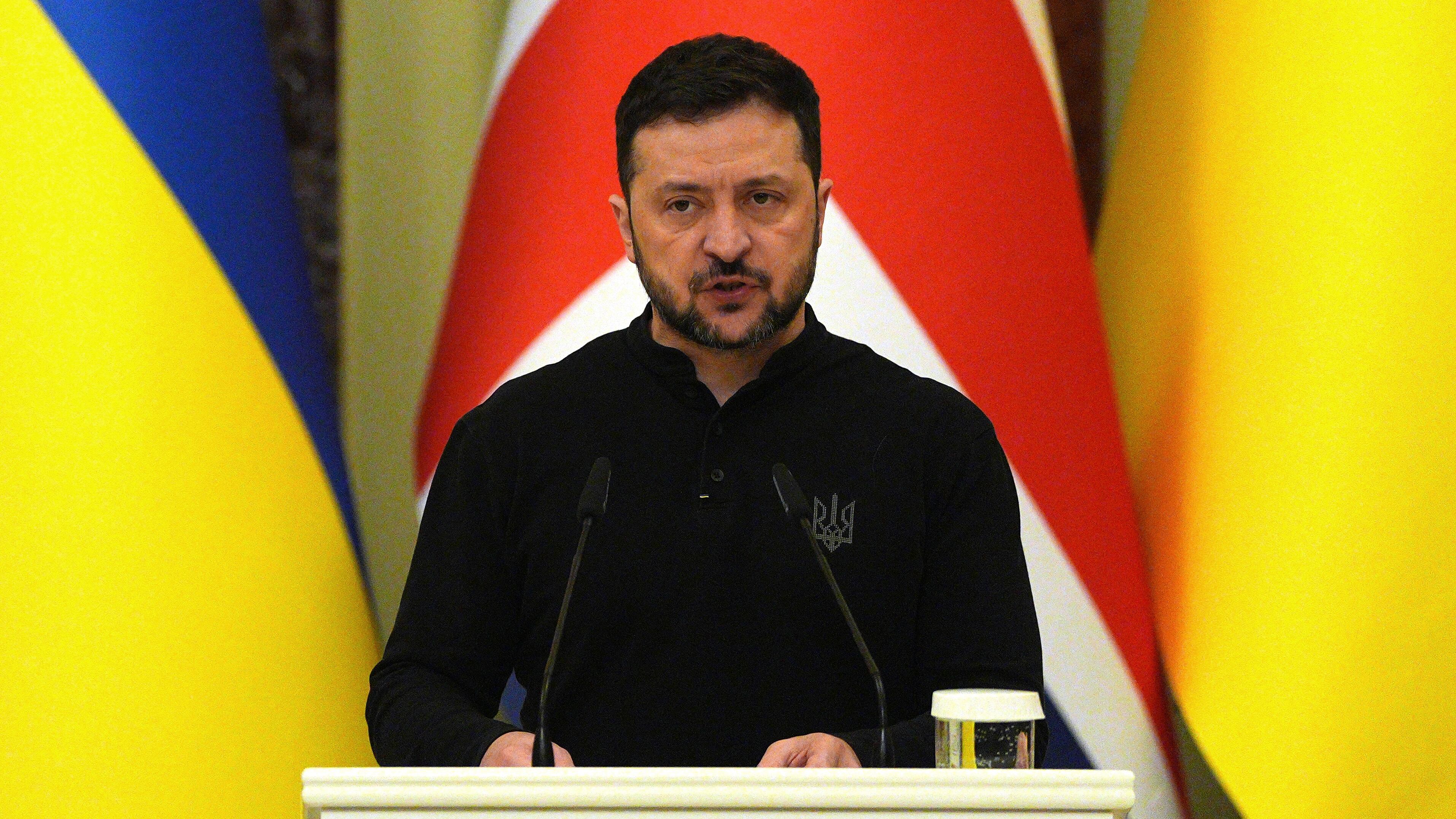On Wednesday afternoon, it was reported that presidents Donald Trump and Vladimir Putin, of the United States and Russia, had held a phone call to initiate negotiations that could lead to the cessation of hostilities in Ukraine.
PUBLICIDAD
The above occurred after Ukrainian President Volodymyr Zelensky offered a few days ago to reach an agreement with U.S. President Donald Trump to continue military aid in exchange for the development of Ukraine’s mining industry. The deal could provide a source of rare earths essential for many types of technologies.
PUBLICIDAD
However, President Donald Trump reported on Wednesday, through his social network, that negotiations to put an end to the war in Ukraine will begin “immediately” after having a “long and productive” phone call with Russian President Vladimir Putin.
Previously, Zelensky defended the agreement with Trump, telling Reuters that he was not “giving away” Ukraine’s resources, but was offering United States a partnership “because the Americans were the ones who helped the most, the ones who should earn the most, and the ones who should have this priority.”
One way or another, that is, whether or not there is more aid from the United States for Ukraine, President Donald Trump has made it clear that he seeks to “secure” the rare earth elements in exchange for the billions of dollars in aid provided, so it is unlikely that he will back down even if a peace agreement is reached soon.
Zelensky has said that the agreement aligns with Ukraine’s “Plan de Victoria” , which stipulates that the country will supply partners with “recursos naturales y metales críticos por un valor de cientos de miles de dólares estadounidenses”, including uranium, titanium, lithium, and graphite.
To delve deeper into the topic of rare earth elements on which Trump has placed emphasis, we spoke with Miguel Varela, an expert from the Universidad Autónoma de Madrid.
1. What are the rare earth elements that everyone is talking about?
–Neither lands nor rare. Under this designation, several chemical elements are grouped that are characterized by having similar properties among themselves and by being, for the most part, scarce in the Earth’s crust. The 17 rare earths: lanthanum, cerium, praseodymium, neodymium, promethium, samarium, europium, gadolinium, terbium, dysprosium, holmium, erbium, thulium, ytterbium, lutetium, scandium, and yttrium.
Their designation as “lands” may be confusing, although it is actually an inherited term. In the history of chemistry, “oxides” were known as “lands” and this group of elements was given this name. And not all of them are so “rare” or scarce on Earth, some are even quite common, like cerium, which is as abundant as copper.
2. Why are rare earths important?
–The physicochemical properties of these elements are unique, making them necessary components of high-tech consumer products, such as mobile phones, hard drives, electric and hybrid vehicles, and monitors, among others.
The energy sector also benefits. For example, gadolinium and terbium are used in photovoltaic cells, while lanthanum and neodymium are necessary for batteries that provide autonomy to electric cars. LED lighting often contains europium and cerium, essential for the production of high-quality and efficient light.
The majority of these elements are difficult to find in large concentrations, which complicates their extraction process. They are considered critical minerals and are increasingly necessary for the global economy.
3. ¿Dónde se obtienen las tierras raras?
–According to the American Geosciences Institute, in 1993, 38% of the world’s production of rare earths corresponded to China, 33% to the United States, and 12% to Australia. However, China already represents more than 70% of the world’s production, and more than 85% of the processing capacity. Given the existing need for these materials to develop technologies, there is an increasing effort to reduce this dependence on the Asian giant.
On the other hand, aside from this context of scarcity and monopoly, their production is often associated with severe environmental impacts, as the extraction processes are highly toxic and generate large amounts of waste. For this reason, the search for more sustainable ways to produce and recycle rare earth elements must also become a global priority.
4. What is the relationship between rare earths and the economy of the future?
–One of the strategies to reduce dependency on China involves decreasing the use of rare earth elements by replacing them with more common elements. A recent example of this shift is the company Tesla, which has confirmed that its next generation of electric motors will incorporate magnets without the presence of rare earths.
Another strategy relies on the circular economy and efficient resource management. All rare earth elements are potentially recoverable, reusable, and recyclable, although the technologies are complex. According to expert Simon Jowitt, an economic geologist at the University of Nevada, only 1% of the rare earth elements in the market are recycled.
Despite this low percentage, I believe that, in this transition scenario, the circular economy in the rare earth industry will drive new economic, social, and environmental opportunities, creating a more resilient and sustainable reality.
